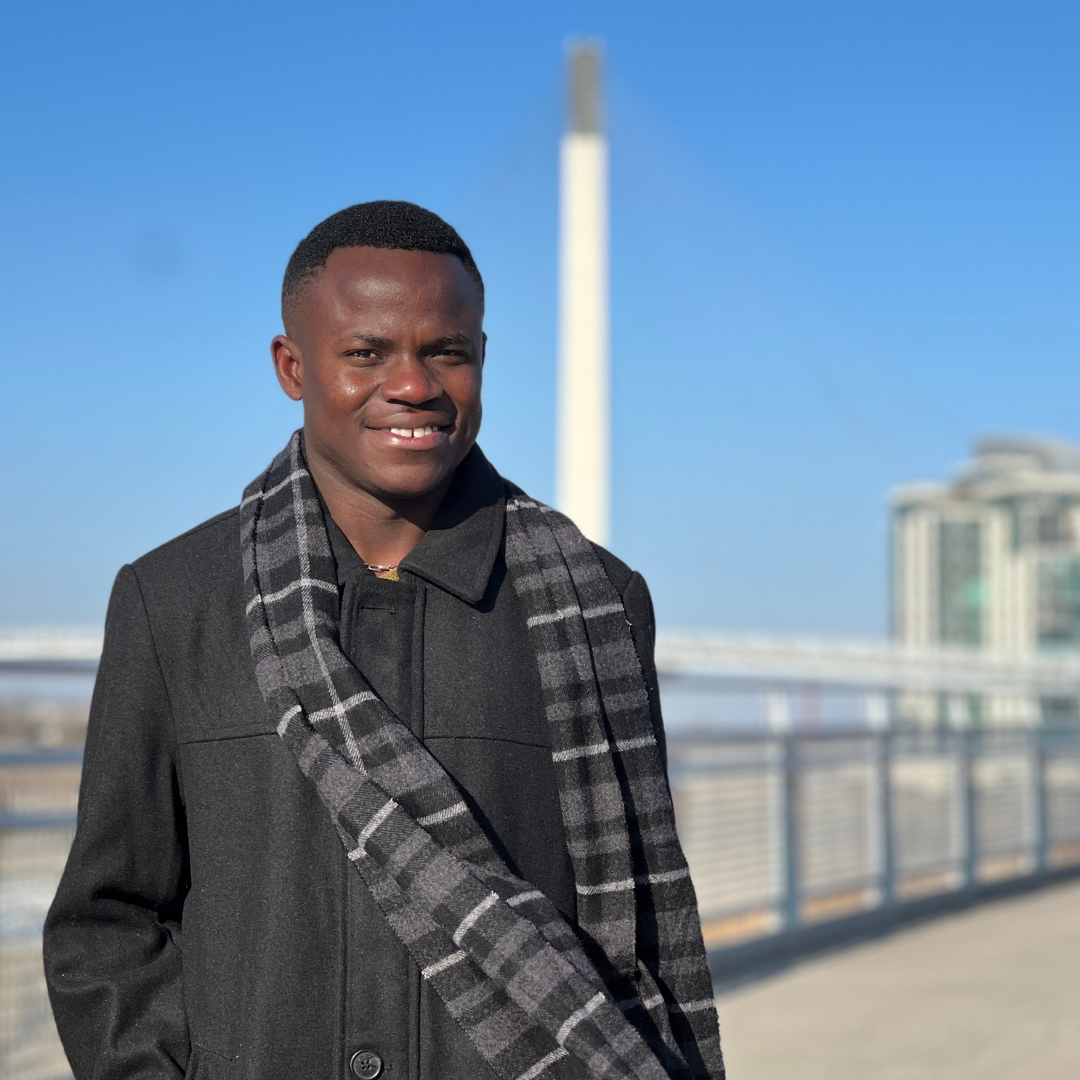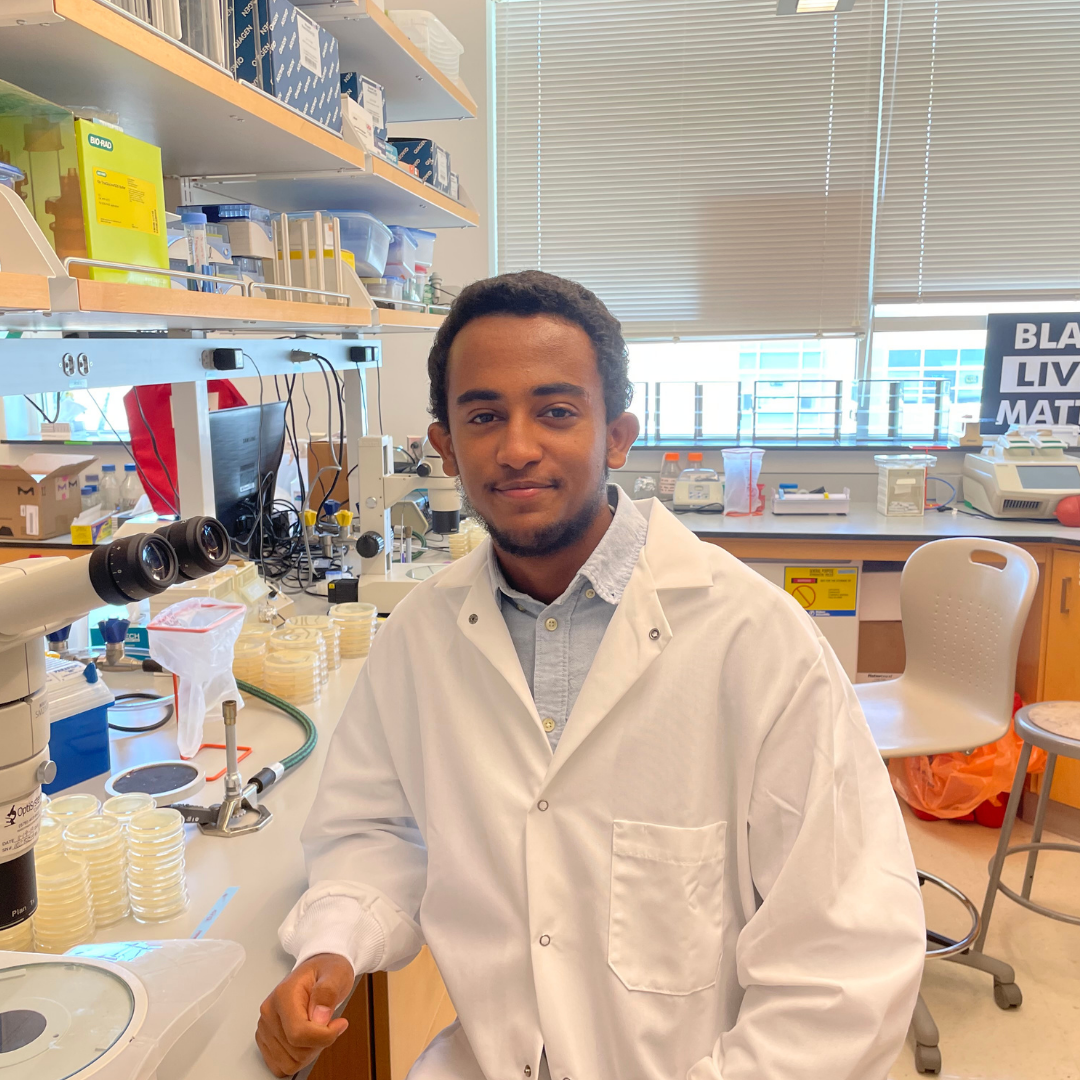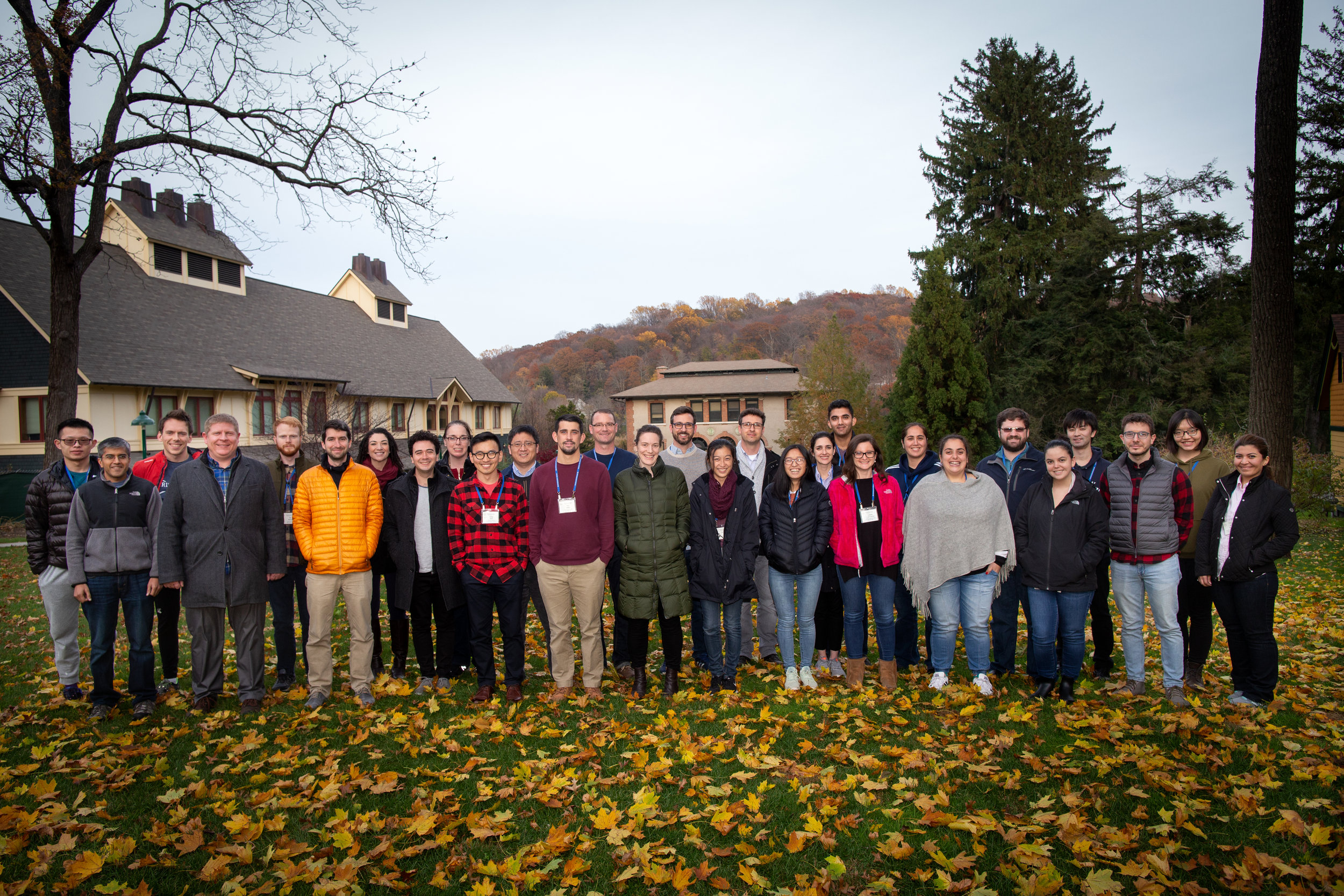Meet Maria Benitez-Guijarro of Centro Pfizer-Universidad de Granada-Junta de Andalucia de Genomica e Investigacion Oncologica (GENYO) in Granada, Spain. Maria is a member of Dr. Jose L. Garcia-Perez’s lab in GENYO and is also working with Dr. John LaCava’s group via Michael Rout’s lab at the Rockefeller University. She is at the 2020 Transposable Elements virtual meeting where she presented a poster titled “The LINE-1 Interactome Is Dynamic During Cellular Differentiation”.
Tell us about your research.
I am researching about the mobile elements of DNA, specifically the LINE-1 retrotransposon. These are DNA sequences that can "jump" and move within our genomes; being involved in the evolution itself, in development, genetic diseases, cancer and even in our brains. We want to understand how our cells control their activity to ensure that they are behaving well and not causing us any harm.
How did you decide to focus on this area/project?
I discovered DNA mobile elements through my thesis director, Jose L. Garcia-Perez during my master's degree. I found it a fascinating world and I loved the project I was going to work on. From that moment on, I found it more and more enthralling.
What and/or who is the inspiration behind your scientific journey?
I had always enjoyed science, especially that related to biology and biochemistry. Becoming a researcher was always among my desires, but the influence of my thesis director and my supervisor John LaCava have encouraged me to go deeper into this career. Their way of working and the intellectual motivation to answer the different questions inspire me and encourages me to keep moving forward.
What impact do you hope to make through your work?
I would love to find something new and feel that I have made an important contribution to the knowledge in my field. In the future, I would also like to use my knowledge in a more applied way and be able to teach others what I have learned.
What do you love most about being a researcher?
I love working in the lab, studying things no one else has ever seen, work collaboratively with my colleagues and supervisors, the intellectual enjoyment to connect different knowledge, learning something new every day, meeting new people, and traveling. I can't choose just one thing.
What drew you to attend this meeting?
Learning more about the latest in the field of mobile elements, sharing my research, and building my network. The possibility of attending the talks of the great scientists in my field and the opportunity of learning from them was something I did not want to miss.
What is your key takeaway from the Meeting; and how do you plan to apply it to your work?
I have really learned from the talks of Abhimanyu Banerjee, Todd Macfarlan and Tessa M. Bertozz, all great presenters! I found them all very interesting and they gave me a different point of view about what I am researching. It has been a pleasure to listen to them! I hope that what I’ve learned will help me to develop my work.
What feedback or advice would you share with someone considering to participate in this meeting?
The organization of the meeting by CSHL has been magnificent. Despite it being a virtual meeting, it has kept me eager to attend the talks and the opportunity to ask questions and interact with other researchers directly through Slack has made the experience very complete. I would not hesitate to recommend attending this meeting, it is amazing to be able to enjoy all the fascinating findings directly from their authors!
What’s the most memorable thing that happened during the Meeting?
The moment when Marlene Belfort revealed all the human production (babies/children) in her laboratory was very funny as it shows that we scientists know more than just how to produce science! And the moments of "Oh look how cool what researcher X is showing!" with my colleagues. Sharing the passion for science is one of the best things about attending a meeting!
Thank you to Maria for being this week's featured visitor. To meet other featured researchers - and discover the wide range of science that takes part in a CSHL meeting or course - go here.
Image provided by Maria Benitez-Guijarro





































